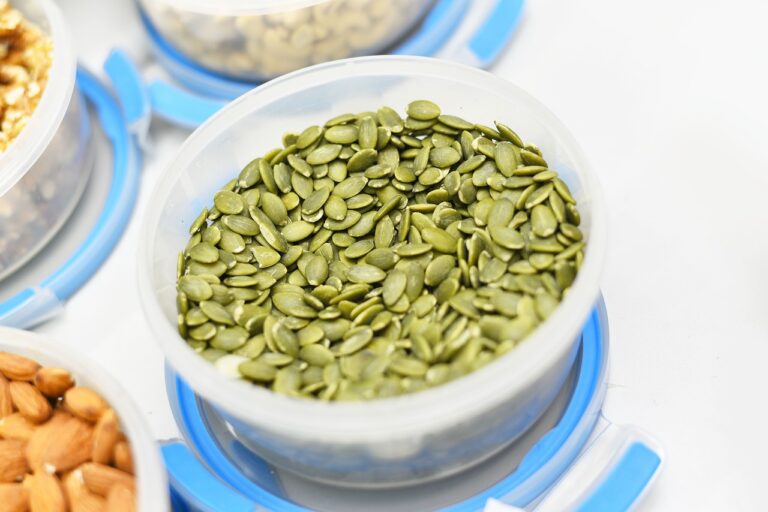Rehabilitation Strategies for Thumb Injuries in Cricket: Betbhai9 sign up, Playexchange login, Lotus365 vip login
betbhai9 sign up, playexchange login, lotus365 vip login: Thumb injuries are a common occurrence in cricket, often resulting from the impact of the ball on the thumb or from overuse during bowling or fielding. These injuries can be painful and debilitating, affecting a player’s ability to grip the bat or ball effectively. Rehabilitation strategies for thumb injuries are essential to ensure a speedy recovery and a safe return to the game. Here are some effective strategies to help cricket players recover from thumb injuries:
1. Rest and Immobilization:
One of the first and most crucial steps in rehabilitating a thumb injury is to rest the affected thumb and immobilize it to prevent further damage. This may involve wearing a splint or brace to limit movement and allow the thumb to heal properly.
2. Ice Therapy:
Applying ice to the injured thumb can help reduce inflammation and pain. Ice therapy should be done for 15-20 minutes at a time, several times a day, especially after physical activity or exercise.
3. Massage and Stretching:
Gentle massage and stretching exercises can help improve circulation and flexibility in the thumb, promoting healing and reducing stiffness. It is essential to perform these exercises under the guidance of a physiotherapist to avoid exacerbating the injury.
4. Strengthening Exercises:
Once the initial pain and inflammation have subsided, it is vital to focus on strengthening the muscles around the thumb to prevent future injuries. Grip strength exercises, finger extensions, and thumb opposition exercises can be beneficial in this regard.
5. Functional Training:
Functional training involves simulating cricket-specific movements to ensure that the thumb can withstand the demands of the game. This may include gripping a bat or ball, catching practice, and fielding drills tailored to gradually reintroduce the thumb to cricket activities.
6. Gradual Return to Play:
It is crucial to progress gradually when returning to cricket after a thumb injury. Players should start with light training and gradually increase the intensity and duration of their practice sessions to prevent re-injury.
7. Consultation with a Professional:
Seeking advice from a sports physiotherapist or orthopedic specialist is essential for proper assessment and guidance on rehabilitation strategies. They can tailor a rehabilitation program to suit the individual needs and ensure a safe and successful recovery.
FAQs:
Q: How long does it take to recover from a thumb injury in cricket?
A: The recovery time for a thumb injury can vary depending on the severity of the injury and the individual’s healing capacity. In general, mild thumb injuries may heal within a few weeks, while more severe injuries may take several months to fully recover.
Q: Can I continue playing cricket with a thumb injury?
A: It is essential to consult with a healthcare professional before returning to play cricket after a thumb injury. Continuing to play with an untreated or unhealed injury can worsen the condition and lead to long-term complications.
Thumb injuries are common in cricket, but with the right rehabilitation strategies and proper care, players can recover effectively and safely return to the game. By following these guidelines and seeking professional guidance, cricket enthusiasts can minimize the risk of re-injury and enjoy playing the sport they love. Remember, recovery is a process, so patience and diligence are key in achieving a full recovery from a thumb injury.







